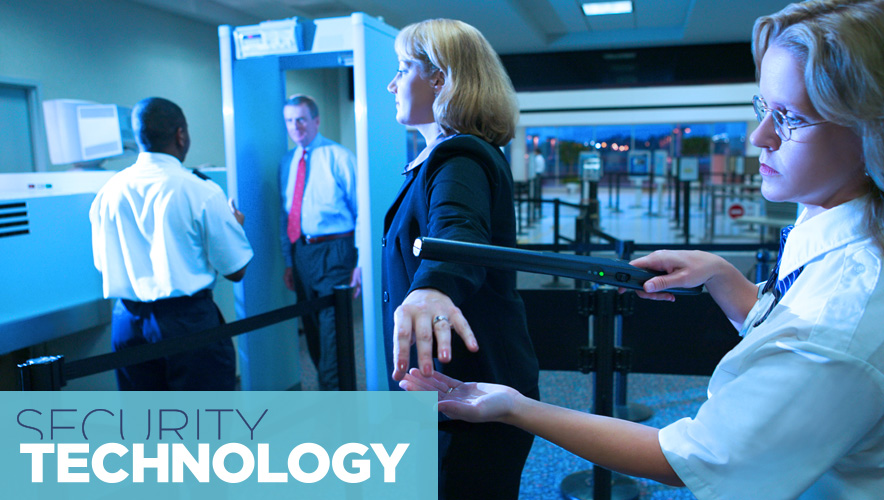Securing Complex Aviation Environments
Security leaders in complex environments like airports deal with a large number of players, roles, responsibilities, and technology. Following are some challenges aviation security leadership faces, and the systematic solutions that can be employed to help overcome them.
Moving parts. The sheer volume of moving items, versus typically static ones, in airports can be overwhelming for security professionals. For example, in U.S. airports security leaders must on an average day contend with 2,100 flights from other countries, and 325,000 passengers from approximately 280 airports, according to the U.S. Department of Homeland Security. These passengers, their luggage, and personal electronic devices need to be screened.
Multiple players. Both in the United States and Canada, the law requires a law enforcement presence at airports. These officers may be under private, local, state/provincial, or federal jurisdiction.
As a mix of public, commercial, and passenger spaces, the airport must balance delivering a welcoming environment for passengers while maintaining stringent security standards. Different security companies may be involved in this balancing act.
Technology. Layers of technology that help mitigate security risks in airports must be added to the equation: license plate recognition, facial recognition, biometrics, x-ray security screening, access control, surveillance, and more, with each device feeding data to people or other devices.
Big picture. From an enterprise security risk management perspective (ESRM), properly managing security risk means risk must be looked at across an entire enterprise, irrespective of departments or stakeholders. Because threats today can come from physical and IT access points, convergence is intertwined with ESRM.
The stakes rise rapidly during an incident, when the players need to work together to ensure coordinated response. With this many stakeholders distributed over so much territory, how can you get the diverse players speaking to each other in the same language?
Solutions
The following five features should be present in solutions that solve the challenge of information sharing and interdependence among multiple stakeholders in aviation environments.
Data. Unlike Esperanto, the constructed human language that aimed to become a medium for international communication, there is a common language that can successfully unite all security stakeholders—data. Data breaks down barriers of communication and does it in real time.
Analytics. The right software can identify incident trends so the stakeholders can better mitigate and manage risk. With improved focus on areas of vulnerability, stakeholders can assign resources efficiently and reduce incidents.
Notifications. The system solution must provide real-time visibility into the location of security assets and what they are doing. As a result, leaders stay on top of all resources, and commitments to other stakeholders can be fulfilled.
Process documentation. The system solution should make it easy for a guard to comply with established protocols, service level agreements, and stakeholder requests. It should also enable leadership to access, review, and analyze historical security data to support better security decisions moving forward.
Cost effectiveness. Security is often seen as a cost. But the right security solution will give you the tools to identify trends and streamline operations so you can run your organization more efficiently. The right solution will deliver insight into key profitability indicators and help you focus on quality service.
Mark Folmer, CPP, is vice president, security industry, at TrackTik.
